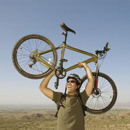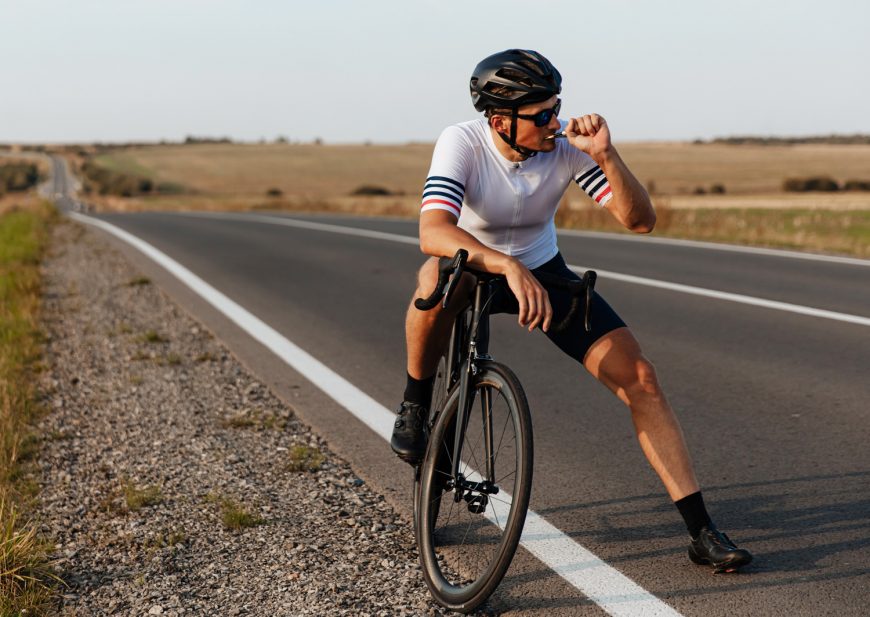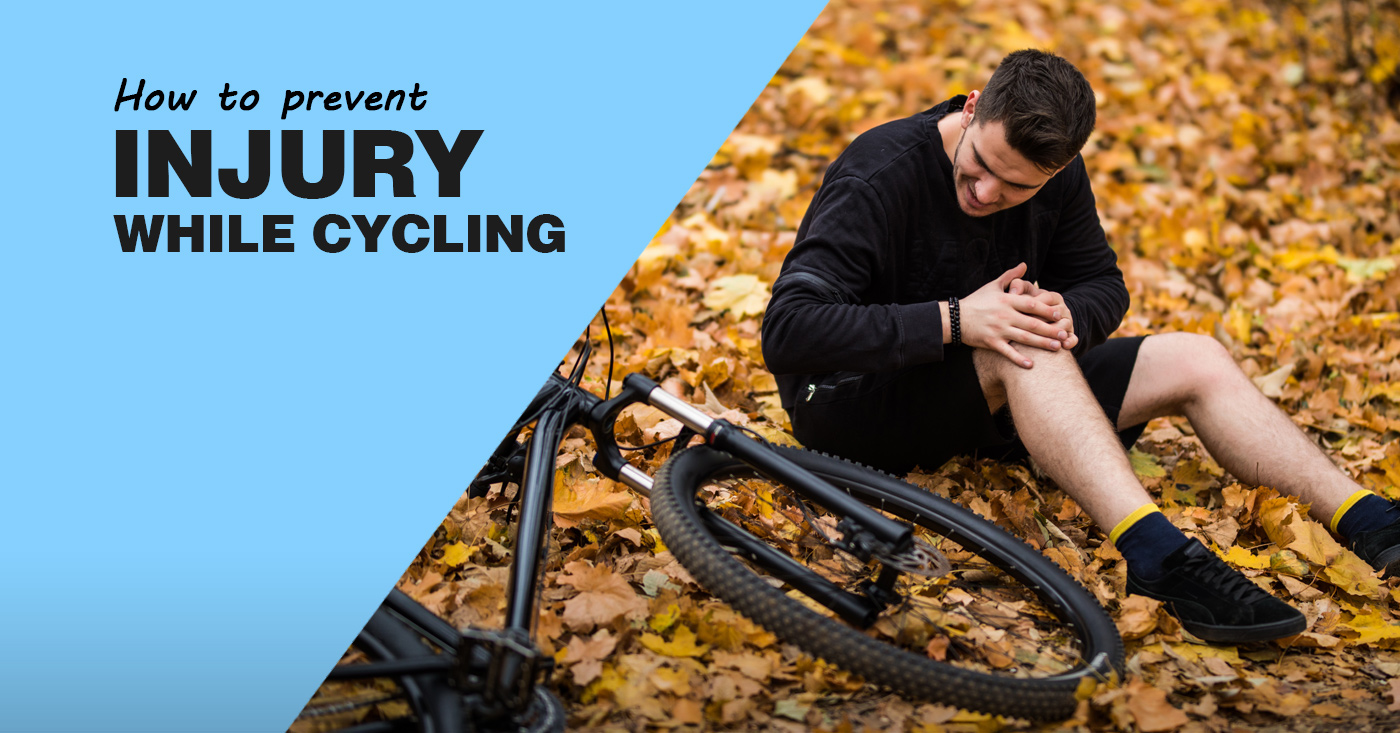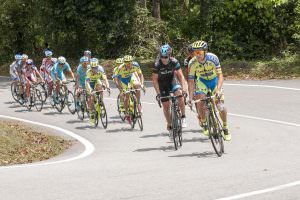Have you ever heard of a recovery ride? No, it’s not a ride that you take after recovering from an injury. I know it does sound like it. Funny name. A recovery ride is a low-intensity ride that has a duration of 30-90 minutes. It is to warm up your muscles so that the blood flows through your legs. The main focus here is to reduce the delayed onset muscle soreness (DOMS).
You might think that’s crazy! Another ride for recovery from a ride? Well, you will be surprised to know that recovery rides help recover the muscles that might be damaged after an intense workout. The trick is to take it easy when it comes to recovery rides. The heart rate should be 50% FTP or less than that.
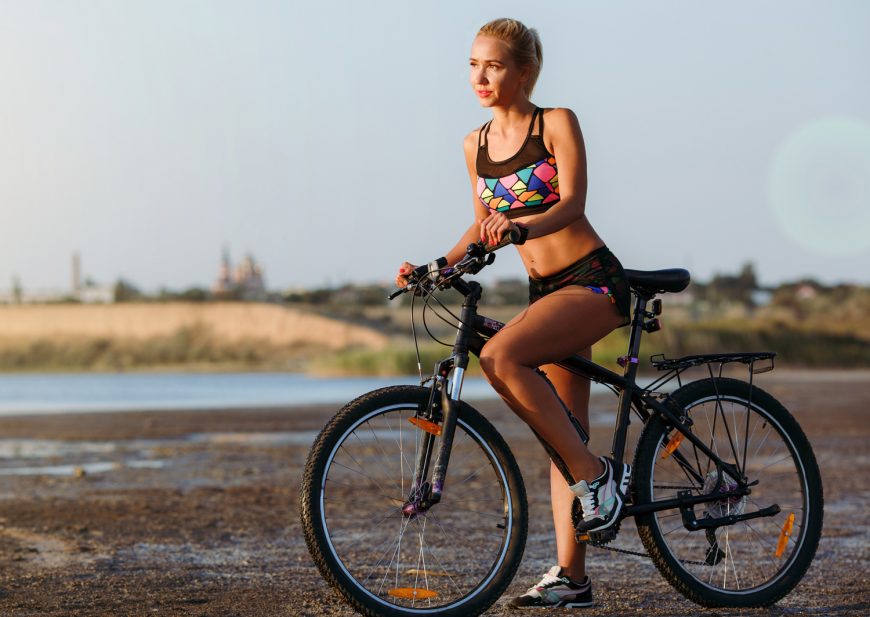
Moreover, keep in mind that there is a difference between active recovery days and passive recovery days in which you don’t perform any metabolism-boosting activity other than light walking or mild stretching.
If you’re looking to recover faster from your cycling sessions, check out our blog post on cycling recovery. Learn about the best practices and tips to help you get back on the saddle in no time
What Is The Purpose Of A Recovery Ride?
When you paddle continuously on a long bike ride and that too with speed, your muscles tighten and the minute you step down from the bike, all you want to do is jump right into your bed. However, if you stay in there for too long thinking about the rest over, your muscles will tighten, restricting proper blood flow. All you’ll feel later are cramps and that demotivating feeling to get on your bike again.
After you’ve worked your muscles too much, it’s important to flex and stretch them. This will channel the blood flow and let go of the nasty and painful feeling of the cramps. A low-intensity active recovery ride helps with that and most endurance athletes will confirm that it helps in maintaining momentum.
It helps you stay in motion without straining your muscles too much. Your legs are just swaying over the paddles, and that surely helps get the blood flowing in the right way. As you complete this ride, you’ll be set for another hardcore, speed recovery riding session.
Are you planning to go on a long-distance cycling trip? Our blog post on long-distance cycling has got you covered.
How Do I Know When to Take a Recovery Ride?
Now that is something I was hoping you would ask. You surely can’t go for it right after that hardcore riding session. So, when is the right time to go for it?
As a general rule of thumb, it’s ideal to give yourself a little rest and then pick up your bike again for the work recovery rides. You can wait it out a day or two after you’ve come from a more strenuous ride. It all depends on the length and duration of your rides and training. If you train and ride regularly, it’s ideal to take a recovery ride at least thrice a week.
Moreover, opting for a recovery ride right before a strenuous riding session is beneficial. It will channel your body into motion, you’ll be full of boosted energy, and you can put that into achieving better performance and speed during your ride.
Don’t let injuries stop you from enjoying your cycling sessions. Check out our blog post on preventing injuries while cycling.
How to Do A Recovery Ride?
A recovery ride is not about riding slow, but about riding easy instead. It’s about getting your legs in motion to flex those tightened muscles and channel the blood flow to prevent any clots and cramps. So, you need to sway and swing your legs and just ride easily for 1-3 hours.
All this ride needs is a little motion with a swing. You need to make sure that your heart rate is consistent and you’re not tiring yourself here. Also, when going for a recovery ride, the route you choose is important. It’s best to avoid rocky terrains or courses that would involve climbing. The best is to take the flattest route, so you’re just riding straight.
You can also involve some short spin-ups in your ride that include a short 10-second cadence. This releases human growth hormone and triggers muscle activation that allows them to relax. Also, when doing a recovery ride, it’s good to take a companion along. You can just talk while riding and enjoy yourselves. You can even plan a break for a quick bite or drink. All this will add to the fun factor, and it will feel like a real recovery where you’re boosted with energy and motivation for your training and rides.
Did you know that cycling can help you increase your vertical jump? Our blog post on cycling and vertical jumps explains how. Discover the science behind it and start improving your jump today
Summing Up!
Cycling is fun and adventurous. But when you’re training, you need to make sure that you’re fit and constantly motivated for the rides. If you just be a couch potato after coming back from a long ride, you’ll have no motivation to go for another ride ever.
It’s essential to stay in motion, and a recovery ride or rest day helps with that. Not only will it help you feel better, but it will also enhance your performance and speed. So, no matter how tired you feel, just give it a push and go for a low-intensity recovery ride whenever needed!
Are you going to try a recovery ride on your next cycling spin? Let me know in the comments.
Also Read
- 20 Benefits Of Cycling: How Cycling Improves Your Health
- How To Do A Wheelie On A Bike- Expert Tips And Tricks
- Does Cycling Build Leg Muscle?- Your Guide To Cycling Fitness
- Winter Cycling Techniques For Any Kind Of Snow And Ice
Should you have any questions or require further clarification on the topic, please feel free to connect with our expert author Luke Ameen by leaving a comment below. We value your engagement and are here to assist you.

